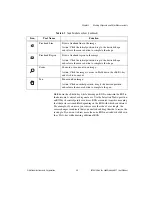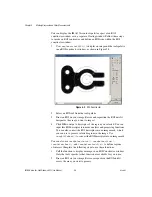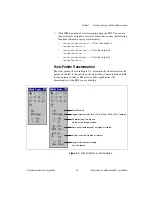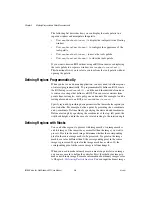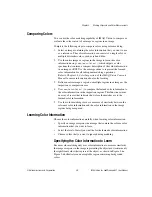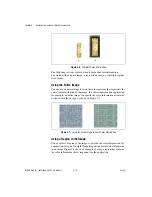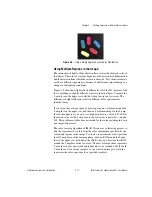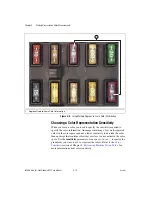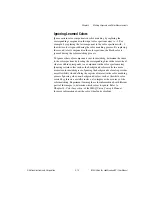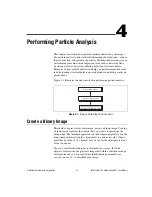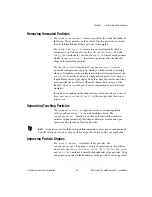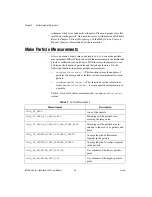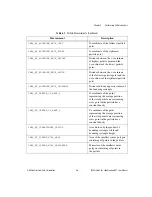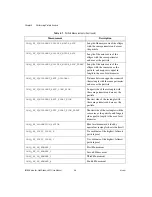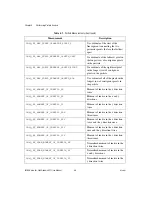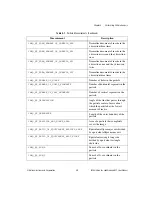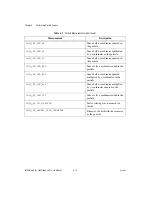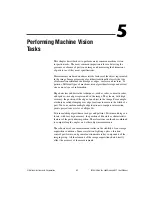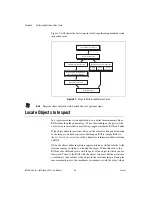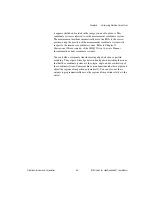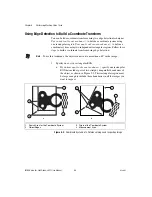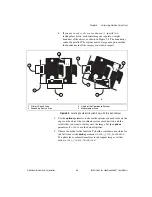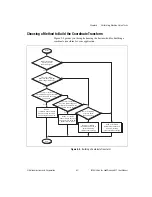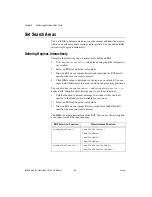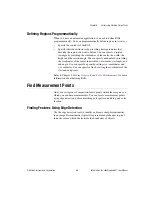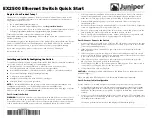
Chapter 4
Performing Particle Analysis
IMAQ Vision for LabWindows/CVI User Manual
4-4
ni.com
isthmuses while close widens the isthmuses. Close and proper-close fill
small holes in the particle. Auto-median removes isthmuses and fills holes.
Refer to Chapter 9,
Binary Morphology
, of the
IMAQ Vision Concepts
Manual
for more information about these methods.
Make Particle Measurements
After you create a binary image and improve it, you can make particle
measurements. IMAQ Vision can return the measurements in uncalibrated
pixels or calibrated real-world units. With these measurements you can
determine the location of particles and their shape features. Use the
following functions to perform particle measurements:
•
imaqCountParticles()
—This function returns the number of
particles in an image and calculates various measurements for each
particle.
•
imaqMeasureParticle()
—This function uses the calculations
from
imaqCountParticles()
to return specific measurements of
a particle.
Table 4-1 lists all of the measurements that
imaqMeasureParticle()
returns.
Table 4-1.
Particle Measurements
Measurement
Description
IMAQ_MT_AREA
Area of the particle
IMAQ_MT_AREA_BY_IMAGE_AREA
Percentage of the particle area
covering the image area
IMAQ_MT_AREA_BY_PARTICLE_AND_HOLES_AREA
Percentage of the particle area in
relation to the area of its particle and
holes
IMAQ_MT_AVERAGE_HORIZ_SEGMENT_LENGTH
Average length of a horizontal
segment in the particle
IMAQ_MT_AVERAGE_VERT_SEGMENT_LENGTH
Average length of a vertical segment
in the particle
IMAQ_MT_BOUNDING_RECT_BOTTOM
Y-coordinate of the lowest particle
point
IMAQ_MT_BOUNDING_RECT_TOP
Y-coordinate of the highest particle
point

